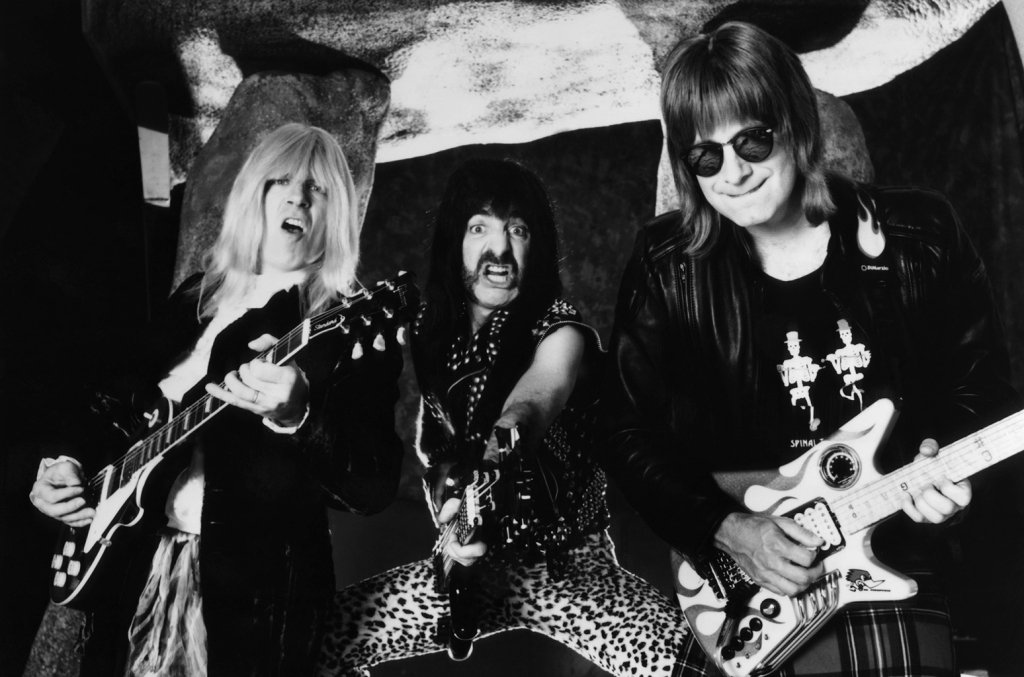After two years of inconsistent touring, fans are ready to get out and see their favorite artists in concert. But as fans flood onsales for a chance to see acts like Bad Bunny and Harry Styles, they’re finding the price of concert tickets has escalated. So, why are concert tickets suddenly so high and where is that money going? The latest episode of Billboard Explains has the answers.
Fans of major artists might be used to saving up their pennies for a decent seat at their local arena or stadium, but they may have to dig a bit deeper now, as more and more shows are implementing dynamic pricing. A method of adjusting prices based on demand, dynamic pricing has been used by airlines and hotels for years and now live entertainment is getting in on the model, which can skyrocket the cost of a ticket during onsale.
The face value of a ticket – the price set by the content creator such as the artist – can fluctuate with dynamic pricing based on what fans are willing to pay and, as the face value rises, the value of the ticket on resale sites like StubHub or SeatGeek tends to diminish. This puts more of fans’ money in the pocket of the artist rather than third-party resellers.
Not all the money fans spend on concert tickets go directly to artists: The cost of a ticket also gets split between production, promoters and more – and that’s not including fees.
Watch the latest episode of Billboard Explains above to learn more about where your ticket money goes and why prices continue to rise.
After the video, catch up on more Billboard Explains videos and learn about the gay pride anthems, evolution of girl groups, BBMAs, NFTs, SXSW, the magic of boy bands, American Music Awards, the Billboard Latin Music Awards, the Hot 100 chart, how R&B/hip-hop became the biggest genre in the U.S., how festivals book their lineups, Billie Eilish’s formula for success, the history of rap battles, nonbinary awareness in music, the Billboard Music Awards, the Free Britney movement, rise of K-pop in the U.S., why Taylor Swift is re-recording her first six albums, the boom of hit all-female collaborations, how Grammy nominees and winners are chosen, why songwriters are selling their publishing catalogs, how the Super Bowl halftime show is booked and why Olivia Rodrigo’s “Drivers License” was able to shoot to No. 1 on the Hot 100.




